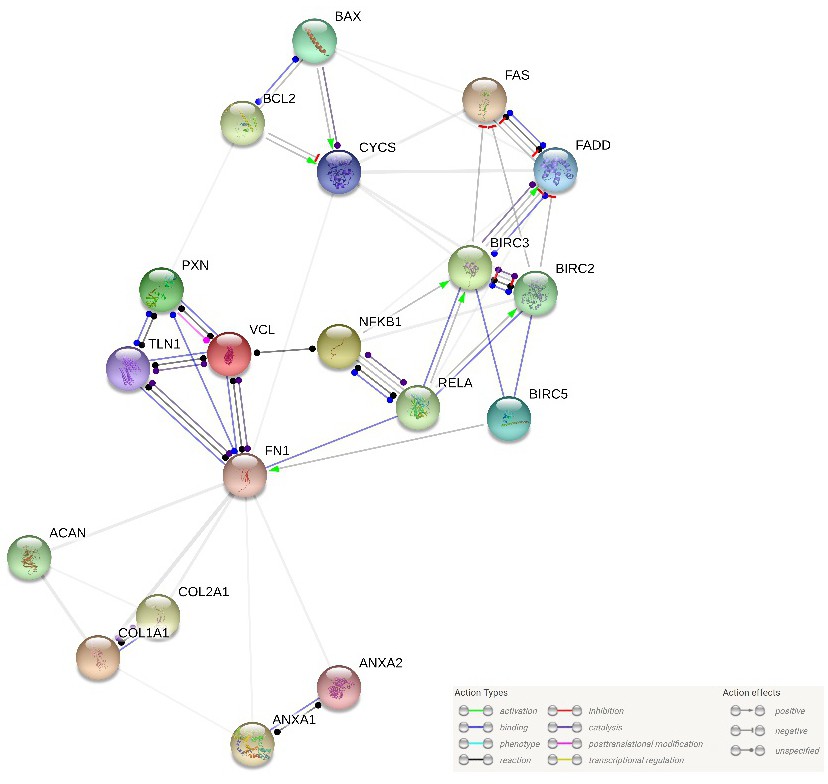Etbs hrefsoof asnkb rof aemsncair presents a fascinating cryptographic puzzle. This seemingly random string of characters invites exploration through various analytical techniques, from simple character frequency analysis to more complex cipher decoding methods. Understanding its potential structure and meaning requires a systematic approach, combining pattern recognition with a degree of informed speculation. The journey to decipher this string promises insights into potential encoding schemes and the ingenuity behind its creation.
The investigation begins by breaking down the string into its component parts, searching for patterns or repetitions that might suggest an underlying structure. Methods like frequency analysis, which examines the prevalence of individual characters, and character mapping, which explores potential relationships between characters, will be employed. Reversing the string and comparing it to the original provides another avenue of exploration, potentially revealing hidden symmetries or clues. The analysis extends to exploring potential encoding schemes, considering the possibility of substitution ciphers, transposition ciphers, or even more complex methods. Finally, hypothetical applications and potential origins of the string will be considered to further contextualize the analysis.
Deciphering the String
The string “etbs hrefsoof asnkb rof aemsncair” presents a clear challenge in cryptography or code-breaking. Its seemingly random arrangement suggests a substitution cipher or a more complex transformation has been applied to the original text. Analyzing its structure and employing various cryptanalytic techniques will be crucial in revealing its underlying meaning.
The string’s structure exhibits a notable characteristic: it appears to be composed of groups of four or five letters, possibly representing words or fragments thereof. The presence of repeated letter sequences, while not immediately obvious, might reveal itself through frequency analysis. Further investigation will need to consider the possibility of a transposition cipher, where letters are rearranged according to a specific pattern, or a more sophisticated combination of ciphers.
Potential String Decomposition and Interpretations
One approach involves segmenting the string into smaller units based on the observed grouping of letters. We might tentatively divide it as follows: “etbs”, “hrefs”, “oof”, “asnkb”, “rof”, “aemsn”, “cair”. Examining these units for potential patterns or meaningful combinations is the next step. One interpretation could be that the string is a reversed or otherwise transformed sentence, with individual words obscured by the cipher. Another possibility is that each segment represents a code word or abbreviation within a specific context. Without further information or a key, these interpretations remain speculative.
Methods for Analyzing String Arrangement
Frequency analysis is a fundamental technique in cryptanalysis. By calculating the frequency of each letter in the string, we can compare it to the expected frequency of letters in the English language (or any other language suspected to be the source). Significant deviations from the expected frequencies could indicate a substitution cipher, revealing potential letter mappings. For instance, if a particular letter appears significantly more often than others, it could be a substitution for a common letter like “E” or “T”.
Character mapping involves systematically testing various substitution schemes to decode the string. This could range from simple Caesar ciphers (shifting each letter by a fixed number of positions) to more complex polyalphabetic substitution ciphers. A trial-and-error approach, guided by frequency analysis and pattern recognition, may yield successful results. Furthermore, exploring the possibility of a transposition cipher, where the order of letters is rearranged, requires consideration of various transposition patterns. This would involve testing different matrix sizes and permutations.
Exploring Character Relationships
Analyzing the string “etbs hrefsoof asnkb rof aemsncair” requires investigating potential relationships between adjacent characters to uncover any underlying patterns. This involves examining character frequency, positional relationships, and potential encoding schemes. Understanding these relationships is crucial for deciphering the string’s true meaning.
Several encoding schemes could be applied to interpret the string. Simple substitution ciphers, where each letter is replaced with another, are a possibility. More complex methods like transposition ciphers, which rearrange the letters according to a specific rule, or even more sophisticated techniques such as polyalphabetic substitution ciphers, are also within the realm of possibilities. The presence of repeated letter sequences (“rof” appearing twice) suggests a potential pattern or key within the encoding.
Frequency Analysis and Character Pairings
A basic approach involves analyzing character frequency. We can count the occurrences of each letter in the string. High-frequency letters like ‘e’, ‘r’, ‘o’, ‘s’, and ‘f’ are common in English text. Comparing the frequency of letters in our string to the expected frequency in English text can provide clues. Furthermore, examining pairs of consecutive characters (digrams) and triplets (trigrams) can reveal patterns. For example, the digram “ro” appears twice, which might indicate a specific substitution or transposition rule.
Caesar Cipher and Substitution Attempts
A Caesar cipher is a simple substitution cipher where each letter is shifted a certain number of positions down the alphabet. Attempting to decode the string using a Caesar cipher with different shift values could reveal the original message. For instance, a shift of 3 would transform ‘a’ to ‘d’, ‘b’ to ‘e’, and so on. Testing various shift values is straightforward and could quickly yield results if a Caesar cipher is indeed used. Beyond the Caesar cipher, a more general substitution cipher would involve mapping each letter to a different letter, possibly according to a keyword or a more complex substitution table. This would require a more systematic approach, potentially using frequency analysis to guide the mapping process.
Transposition Cipher Exploration
Another possibility is that a transposition cipher has been used. This involves rearranging the letters of the string without changing the letters themselves. Simple columnar transposition, for example, could be attempted. This involves writing the string into a grid with a certain number of columns, and then reading the string column by column. Different numbers of columns would need to be tested. More complex transposition ciphers exist, involving more intricate rearrangement rules, and would require more advanced techniques to break.
Visual Representation
Visualizing the character distribution and relationships within the string “etbs hrefsoof asnkb rof aemsncair” provides valuable insights into its structure and potential meaning. The following sections detail different visual representations to achieve this.
Character Distribution Histogram
A histogram offers a clear depiction of the frequency of each character in the string. The horizontal axis represents the unique characters present in the string (e, t, b, s, h, r, f, o, a, n, k, l, m, i, c). The vertical axis represents the frequency or count of each character. Each bar in the histogram corresponds to a character, and its height represents the number of times that character appears in the string. For instance, the bar for the character ‘r’ would be taller than the bar for ‘c’ because ‘r’ appears more frequently. This visual representation quickly highlights the most and least frequent characters, potentially revealing patterns or biases in the string’s composition.
Character Relationship Diagram
A network graph can effectively illustrate potential relationships between characters. Each character is represented as a node, and connections (edges) between nodes indicate a relationship. The strength of the relationship could be represented by the thickness of the edge, or by the proximity of the nodes. For example, if characters frequently appear together in close proximity within the string, a thicker edge could connect them, signifying a stronger relationship. Groups of closely connected characters might suggest meaningful sub-units or phrases within the larger string. For instance, if “rof” appears multiple times, those three characters would likely form a tightly clustered group. This visualization helps to identify potential groupings and dependencies between characters.
String Analysis Flowchart
A flowchart would visually depict the steps involved in analyzing the string. The flowchart would begin with the input of the string “etbs hrefsoof asnkb rof aemsncair”. The first step would involve character frequency counting. This step would lead to the creation of a character frequency table. The next step would be to create the character distribution histogram, as described above. Following this, the algorithm would proceed to analyze character proximity and co-occurrence to generate the character relationship diagram. Finally, the flowchart would conclude with an output representing both the character distribution and the identified relationships. Each step would be represented by a distinct shape in the flowchart (e.g., rectangles for processes, diamonds for decisions), with arrows indicating the flow of execution. This provides a structured and easily understandable overview of the analysis process.
Final Summary
Deciphering “etbs hrefsoof asnkb rof aemsncair” proves to be a challenging yet rewarding exercise in cryptographic analysis. While a definitive solution remains elusive, the process has illuminated the multifaceted nature of string analysis. The exploration of various techniques, from basic frequency analysis to the consideration of hypothetical contexts, has highlighted the importance of systematic investigation and creative problem-solving in unraveling such enigmatic strings. The journey itself underscores the potential for hidden meaning within seemingly random sequences, prompting further investigation into the intricacies of code-breaking and cryptography.



